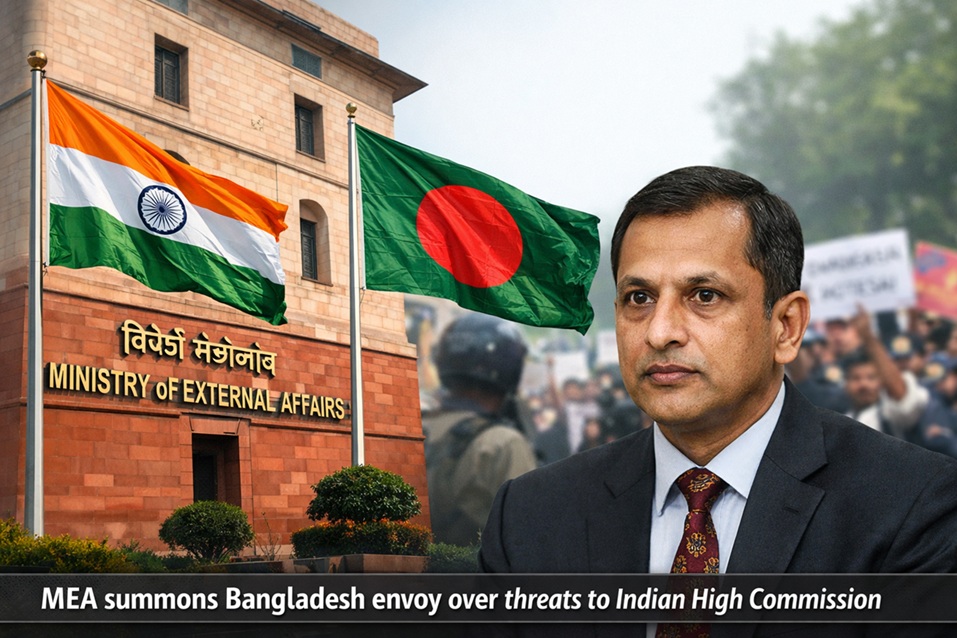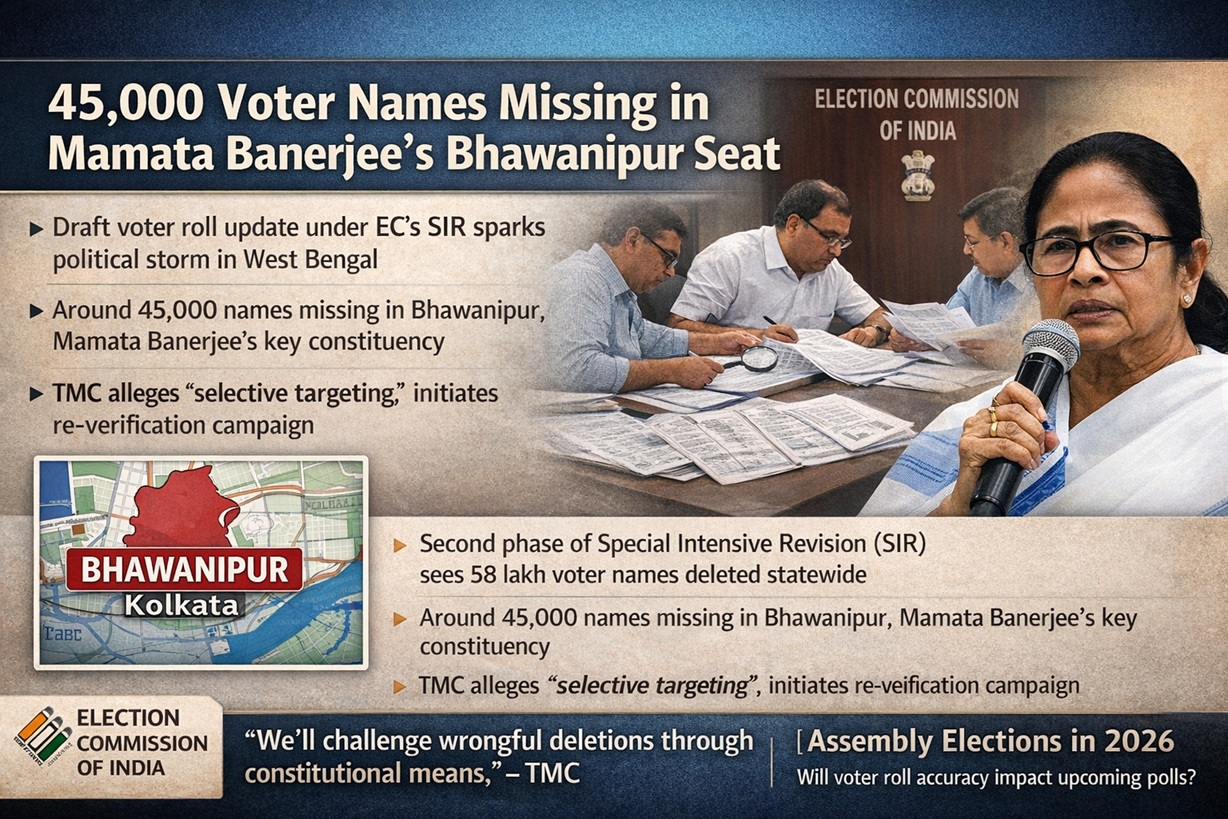Donald Trump’s Historic Win: Donald Trump achieved a decisive victory by surpassing the 270 electoral votes needed to secure the presidency. Current tallies suggest his total may climb above 310 as counting concludes, marking this as one of the most impactful victories in recent history. Trump’s triumph over Kamala Harris signifies a clear shift in voter sentiment, especially in pivotal swing states.
Swing States and Key Voting Patterns: The election’s outcome was largely shaped by results in seven critical swing states: Pennsylvania, Nevada, North Carolina, Georgia, Arizona, Michigan, and Wisconsin. These states have historically fluctuated between parties and were once thought to favor Harris. However, Trump’s targeted campaigning and his appeal in these regions, especially among specific voter demographics, ultimately tipped the balance in his favor.
- Pennsylvania: Traditionally a swing state with a substantial Indian-American population, it was expected to support Harris due to the high percentage of Indian voters. However, shifts in economic concerns and international policies may have drawn these voters towards Trump.
- Demographics and the Red-Blue Divide: Trump’s support base saw strong backing from “Red States,” regions with more traditional, rural, and conservative communities, particularly in central America. In contrast, “Blue States” like those on the coasts remained loyal to Harris, reflecting America’s continued urban-rural divide. Nonetheless, Trump’s success in the swing states highlighted a broader coalition that cut across some traditionally Democratic lines.
The Shift of Indian-American Voters: Indian-Americans, the second-largest immigrant group in the U.S. after Mexicans, were once expected to lean towards Harris. However, reports indicate that many shifted to Trump, particularly in areas with significant Indian populations, such as Pennsylvania. Analysts attribute this shift to:
- Foreign Policy and Relations with India: Trump’s administration maintained strong relations with India, a factor that seemed critical to Indian-American voters. Kamala Harris’s campaign was perceived by some as less favorable towards India, affecting her appeal among Indian-American voters.
- Economic Concerns: Many younger Indian-American voters, more attuned to economic policies than party allegiance, viewed Trump’s economic agenda as better suited to addressing inflation and the high cost of living.
Domestic Issues Influencing the Election Outcome: Several internal factors contributed to Kamala Harris’s defeat:
- Economic Challenges: Rising inflation and high housing costs affected the everyday lives of Americans. Many voters reminisced about Trump’s previous term as one marked by greater affordability and economic stability.
- Public Perception of Harris: Despite her robust campaign efforts, Harris faced challenges connecting with certain demographics. In areas like North Carolina and Michigan, where she hoped to gain significant support, her appeal did not resonate as expected.
- Immigrant Community Concerns: Harris’s stance on Middle Eastern policies, notably on issues surrounding Hamas and Hezbollah, led to dissatisfaction among some Arab-American and Muslim communities. Many of these voters leaned towards Trump, viewing his policies as more consistent with their security concerns.
International Reactions and Modi’s Congratulatory Message: Global leaders, including India’s Prime Minister Narendra Modi, were quick to congratulate Trump. Modi’s message underscored the diplomatic alignment between India and Trump’s administration, with hopes that his re-election would bolster the relationship between the two nations. Trump’s administration previously highlighted issues relevant to the Indian community and showed support for Hindu and Indian interests in America, likely strengthening his support among Indian-American voters.
Trump’s Vision and Campaign Strategy: Trump’s campaign leaned heavily on promises to restore America’s economic prosperity and address national security concerns. With more than 900 rallies held across the country, he managed to tap into the underlying frustration many Americans felt regarding the economic downturn and inflation. His frequent mentions of foreign policy, security issues, and economic growth resonated with a broad cross-section of voters.
Analysis of Harris’s Campaign and Missteps: Harris’s campaign was vigorous, yet she faced numerous obstacles that may have impacted voter confidence:
- Health Concerns and Public Perception: Some criticisms targeted her seeming lack of coherence and focus in public appearances. Despite her strong efforts, such perceptions might have detracted from her appeal.
- Regional Weaknesses: Harris struggled in regions with large immigrant populations where voters expressed concerns about her approach to global issues. For example, Philadelphia and Michigan, areas with significant Arab-American populations, did not respond as strongly to her platform as anticipated.
- Economic Policy Challenges: The economic downturn under Harris’s administration may have solidified Trump’s position as a viable alternative, particularly as voters remembered his previous economic policies.
The Role of Media and the Left-Wing Coalition: The election also highlighted the contentious relationship between Trump and mainstream media outlets such as CNN, The New York Times, and The Washington Post, many of which had criticized Trump’s policies extensively. However, public sentiment in certain demographics may have pushed back against the influence of left-leaning media, aligning with Trump’s anti-establishment rhetoric.
The Impact of Trump’s Victory on U.S.-India Relations: This win is anticipated to strengthen U.S.-India relations significantly. Trump’s public mentions of his positive relationship with PM Modi throughout his campaign further solidified this expectation. Many experts believe that Trump’s return to office could open doors for more strategic, economic, and defense collaborations with India, particularly in areas that were previously stalled due to shifting U.S. policies.
Future Directions for the Trump Administration: Trump has laid out ambitious plans for his second term, focusing on both domestic and foreign fronts. Key priorities include:
- Economic Revitalization: Trump has promised to address inflation, boost job growth, and restore housing affordability.
- National Security and Defense: Emphasizing security, Trump aims to strengthen the U.S. stance on border control and counter global threats effectively.
- International Diplomacy: Given his close ties with leaders like Modi, Trump’s administration is likely to pursue policies that fortify partnerships with allies while taking a hard stance on adversarial nations.
Donald Trump’s resounding victory in the presidential election highlights the shifting political landscape in America, shaped by economic concerns, demographic shifts, and key foreign policy positions. The support from Indian-American voters and a strong push in swing states propelled Trump back into office, signaling a period of anticipated economic reform and strengthened international partnerships, particularly with India. As Trump prepares for his second term, both domestic and global audiences await his approach to fulfilling these campaign promises.





